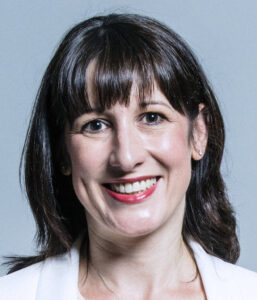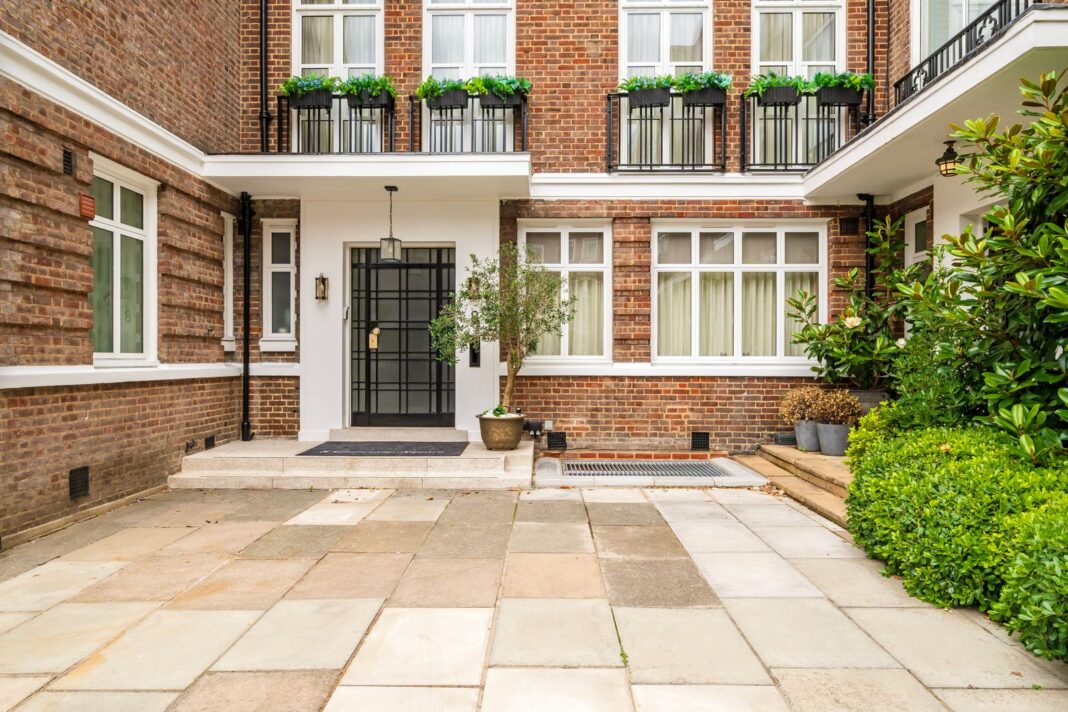The government’s plan to replace stamp duty with a seller-paid property tax would fall disproportionately on London, according to new analysis of current listings by Benham and Reeves.
Reports suggest that Rachel Reeves, the chancellor, is considering scrapping Stamp Duty Land Tax and introducing a proportional levy on home sales, with charges applying to properties worth more than £500,000.
The reform, under review by the Treasury, is aimed at reducing barriers for buyers by shifting the burden from purchasers to vendors.
However, market data show that such a change would concentrate liabilities on regions with higher-value homes. Across England, about 30% of properties currently listed for sale are priced at £500,000 or more. In London the figure rises to 60%, double the national average.
AFFECTED REGIONS

The South East would be the next most affected region, with 30% of listings above the threshold. Elsewhere, the proportion of homes captured by the proposed tax would be considerably lower.
Within London, the exposure is greatest in prime central boroughs. In Kensington and Chelsea, more than 93% of listings exceed £500,000, while in Westminster the figure is 91% and in the City of London 89.5%.
Other inner boroughs including Camden (82.8%), Hammersmith and Fulham (81 per cent) and Islington (72.3%) would also be heavily impacted. Even suburban areas such as Richmond upon Thames (69.2%) and Lambeth (62.4%) have a majority of homes priced above the suggested threshold.
The government has yet to set out details of how the proposed levy would be structured or at what rates it would apply. Economists say the reform could have significant implications for mobility within the housing market.
By lowering upfront costs for buyers, the Treasury hopes to encourage more transactions, but shifting the tax to sellers risks deterring households from moving, particularly in London where values are higher.
Critics also warn that taxing transactions more heavily at the top end could slow sales chains, creating knock-on effects throughout the market.
The Treasury is expected to publish further details of its housing and tax reform plans in the autumn budget.
TAX ON LONDON
Marc von Grundherr (main picture), Director of Benham and Reeves, says: “The proposal to shift stamp duty onto sellers via a property tax on homes above £500,000 may sound like a progressive move at a national level, but in reality it’s a tax on London, designed to win favour with the nation’s homebuyers at the expense of the capital’s home sellers.
“In the capital, £500,000 does not buy a luxury home; in many areas it’s simply the baseline for an average property. By targeting this price bracket, the Treasury risks penalising ordinary London homeowners, while leaving much of the rest of the country largely untouched.”
BARRIER TO SELLING
And he adds: “If the government truly wants to create a fairer system, it must consider the significant regional variations in property values.
“Otherwise, this reform will not rebalance the housing market, it will simply add another barrier to selling in London at a time when transaction levels remain subdued.”











